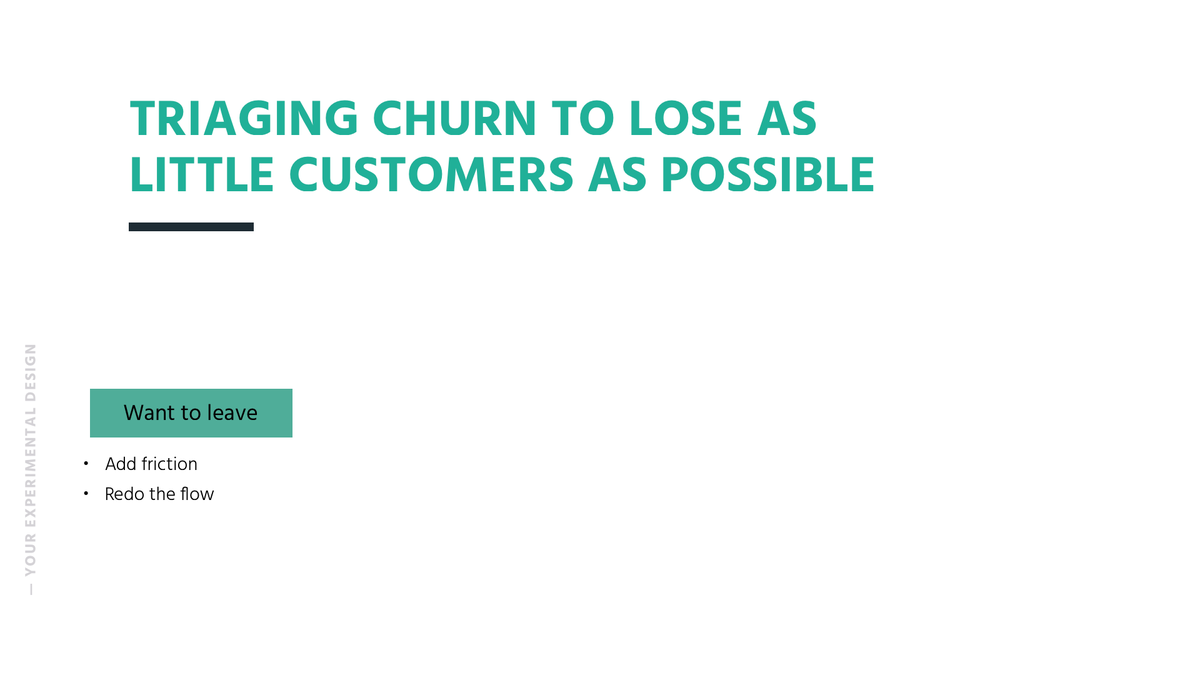
Been thinking through a lot of the Q4 advice @web @magdalenakala, and @davegerhardt have published for #DTC. Similar to @hnshah and @bbalfour in #B2B.
There's one piece I think we're missing that's been accelerated with COVID: Price localization.
Here's all the data 👇
There's one piece I think we're missing that's been accelerated with COVID: Price localization.
Here's all the data 👇
Price localization is when you price in your customer's currency and make the prices differ region to region.
Brick and mortar made this easy, because grandma in Tulsa buys a hallmark card for a different price than you in NYC.
Data shows this is lucrative online as well... 2/
Brick and mortar made this easy, because grandma in Tulsa buys a hallmark card for a different price than you in NYC.
Data shows this is lucrative online as well... 2/
If you simply cosmetically change up your pricing - price in the right currency, you'll typically see 30-50% higher AOV and ACV.
Just by making sure the prices used the right symbol.
People like buying comfortably and often get weary of purchasing from a different region.
3/
Just by making sure the prices used the right symbol.
People like buying comfortably and often get weary of purchasing from a different region.
3/

The benefits go further though.
If you have different effective prices - ie. $150 in the UK and $100 in the US, you'll typically see much larger ACV and AOV gains.
The lift stems differing purchasing power/competitive densities in regions.
Sometimes by quite a bit....
4/
If you have different effective prices - ie. $150 in the UK and $100 in the US, you'll typically see much larger ACV and AOV gains.
The lift stems differing purchasing power/competitive densities in regions.
Sometimes by quite a bit....
4/

When we looked at the willingness to pay (WTP) data from 1.43M customers, here's what we found in relative WTP to the US based on region.
Folks in the Nordics are WTP 28% more. Brazil 12% less.
In some regions seek ACV in others seek volume.
5/
Folks in the Nordics are WTP 28% more. Brazil 12% less.
In some regions seek ACV in others seek volume.
5/

COVID accelerated this phenomenon, because so much got pushed online and people looked to SaaS and DTC to provide them the products they need.
The recovery won't be symmetrical either.
So how should you localize?
6/
The recovery won't be symmetrical either.
So how should you localize?
6/
In DTC, look beyond your borders. Shipping constraints are tough, yes, but we see higher WTP all the time, especially for premium products.
Looking at you @soundslikecanoe and @jjeremycai. (will share data next week)
You should also shake things up within the US... 7/
Looking at you @soundslikecanoe and @jjeremycai. (will share data next week)
You should also shake things up within the US... 7/
We saw this all the time when I ran pricing in the DTC jewelry space. Folks in places like Anchorage and Green Bay would be willing to pay more than NYC.
Some brands we've worked with since like Hallmark and Reebok do this from city to city all the time, even online. 8/
Some brands we've worked with since like Hallmark and Reebok do this from city to city all the time, even online. 8/
You need to be careful because your tech stack needs good filtering capabilities, but easy hacks are through discounts only to people in certain regions or certain offers based on region.
In B2B the same concepts work, but you can also hide behind a sales person.
9/
In B2B the same concepts work, but you can also hide behind a sales person.
9/
When you're quoting hidden pricing, make currency and localization part of your rate card.
For self-sign up tools like Crow from @HaikuForTeams make this super easy. @chargebee, @PaddleHQ, @Zuora, @recurly, and @Chargify have parts of this built in, too.
10/
For self-sign up tools like Crow from @HaikuForTeams make this super easy. @chargebee, @PaddleHQ, @Zuora, @recurly, and @Chargify have parts of this built in, too.
10/
The big thing here is there are optimizations to be made for more than just acquiring customers. We typically see no impact on conversion (sometimes it goes up).
To summarize:
1. Regions have different WTP
2. Price based on that WTP
3. At least do cosmetic localization.
11/
To summarize:
1. Regions have different WTP
2. Price based on that WTP
3. At least do cosmetic localization.
11/
Well that's all for now. Back to the analyst camper.
If you found this valuable (at least worth $1), you should retweet the thread. Always appreciated.
Let me know what you want to know next. I'm here to help! :)
fin/
If you found this valuable (at least worth $1), you should retweet the thread. Always appreciated.
Let me know what you want to know next. I'm here to help! :)
fin/
• • •
Missing some Tweet in this thread? You can try to
force a refresh









